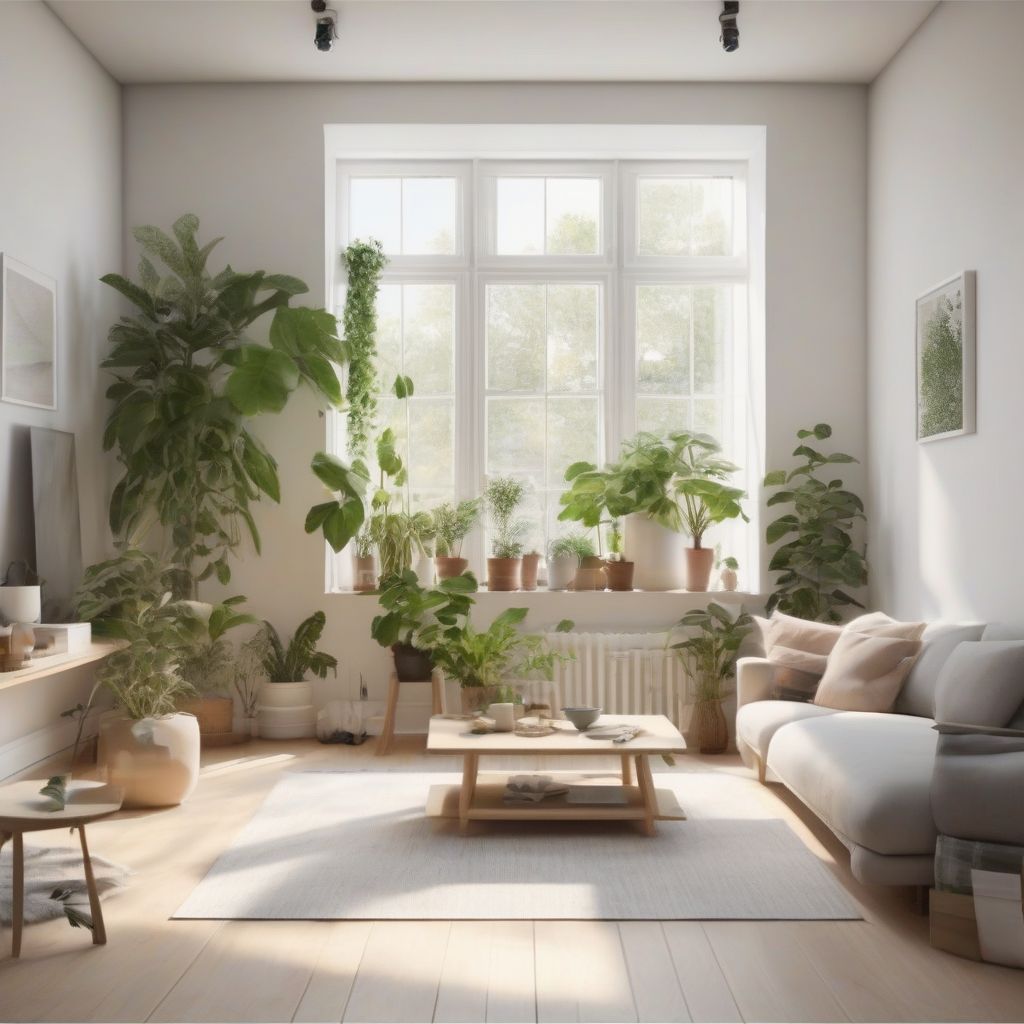Ever feel like you’re drowning in stuff? Like your home is less of a sanctuary and more of a storage unit? You’re not alone. Many of us crave a simpler, more organized life, but the path to achieving it can feel overwhelming. This is where the magic of minimalism comes in. Minimalism isn’t about stark white walls and empty shelves; it’s about intentionally choosing what to keep in your life and letting go of the rest. This guide explores the best minimalist strategies for organizing spaces, helping you create a calmer, more functional home that truly reflects your values.
Understanding the Core Principles of Minimalist Organization
Before diving into specific strategies, let’s lay the groundwork with the core principles of minimalist organization:
Intentionality
Minimalism encourages us to be mindful of what we bring into our lives. Every item should serve a purpose, either functional or emotional. Ask yourself: “Do I love this? Do I use this? Does it add value to my life?” If the answer is no, it’s time to consider letting it go.
Decluttering
This is the heart of minimalist organization. Decluttering isn’t just about tidying up; it’s about actively removing items you no longer need or love. This process can be liberating, freeing up physical and mental space.
Functionality
Minimalist spaces are designed to be functional. Everything has its place, making it easy to find what you need and maintain order. This streamlines daily routines and reduces stress.
Simplicity
Minimalism embraces simplicity in both aesthetics and functionality. This means reducing visual clutter, choosing multi-purpose items, and creating a calming atmosphere.
Practical Strategies for Minimalist Organization
Now that we understand the principles, let’s explore actionable strategies for organizing your spaces:
The KonMari Method
Popularized by Marie Kondo, this method focuses on keeping only items that “spark joy.” The process involves holding each item and asking yourself if it brings you happiness. If not, thank the item for its service and let it go. This method is particularly effective for sentimental items. As Marie Kondo says, “The question of what you want to own is actually the question of how you want to live your life.”
The Four-Box Method
This simple yet effective method involves using four boxes: Keep, Donate, Trash, and Relocate. Sort items into these categories, making quick decisions about their fate. This method is excellent for tackling large areas or when you’re short on time.
The One-In, One-Out Rule
For every new item you bring into your home, one similar item must go. This prevents clutter from accumulating and encourages mindful consumption. This rule is particularly helpful for maintaining a minimalist wardrobe.
Digital Minimalism
Minimalism isn’t just about physical spaces. It extends to our digital lives as well. Declutter your computer, phone, and email inbox regularly. Unsubscribe from unwanted emails, delete unnecessary files, and organize your digital photos.
Creating Zones
Divide your space into zones based on their function. For example, designate a reading nook, a workspace, and a relaxation area. This helps create a sense of order and makes it easier to maintain organization within each zone.
Vertical Storage
Maximize vertical space with shelves, drawers, and wall-mounted organizers. This frees up floor space and creates a more airy feel.
Multi-Purpose Furniture
Choose furniture that serves multiple functions, such as a sofa bed or a coffee table with storage. This is especially beneficial for small spaces.
Maintaining a Minimalist Lifestyle
Once you’ve decluttered and organized your space, the key is to maintain it. Here are some tips:
Regular Decluttering Sessions
Schedule regular decluttering sessions, perhaps monthly or quarterly, to prevent clutter from building up again.
Mindful Consumption
Be mindful of what you bring into your home. Before purchasing something new, ask yourself if you truly need it and if it aligns with your minimalist values.
Donate or Sell Unwanted Items
Instead of throwing away unwanted items, consider donating them to charity or selling them online. This gives your belongings a second life and reduces waste.
 Minimalist Organized Space
Minimalist Organized Space
Conclusion
Embracing minimalism is a journey, not a destination. It’s about finding what works best for you and creating a space that supports your lifestyle and values. By implementing these strategies, you can transform your home into a haven of peace and functionality, freeing yourself from the burden of clutter and embracing a simpler, more intentional way of living. Remember, minimalism isn’t about deprivation; it’s about making room for what truly matters. What are your favorite minimalist organizing tips? Share your thoughts and experiences in the comments below! We’d love to hear from you. Don’t forget to share this post with anyone who might be looking to simplify their life and create a more organized space.



